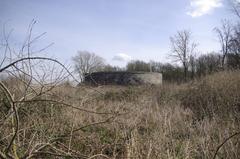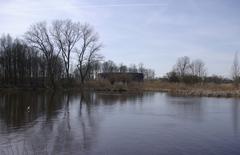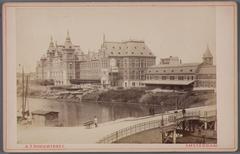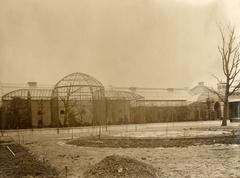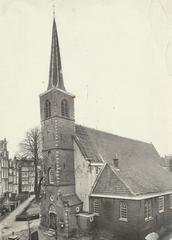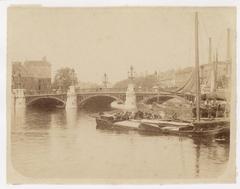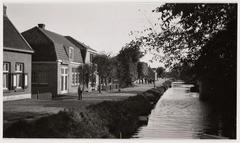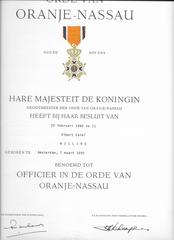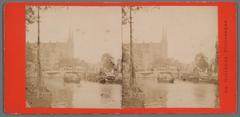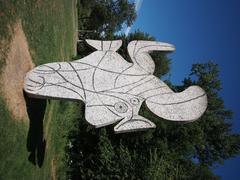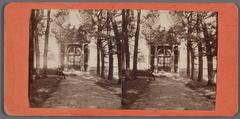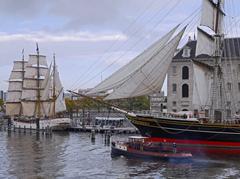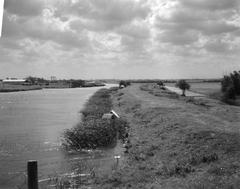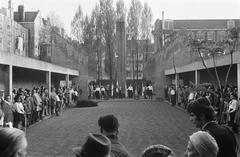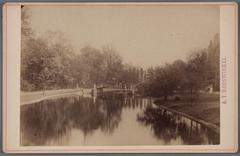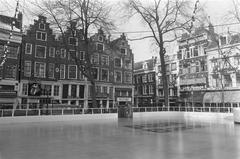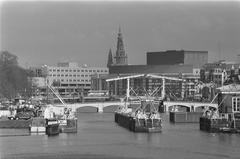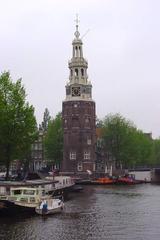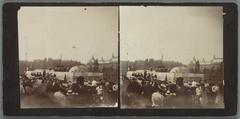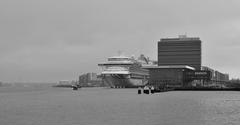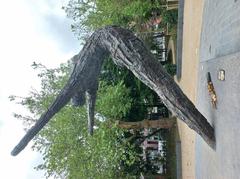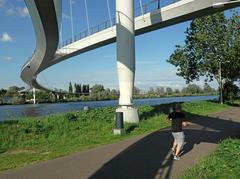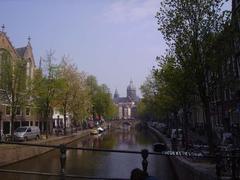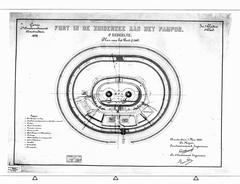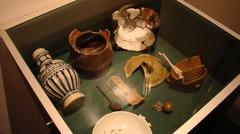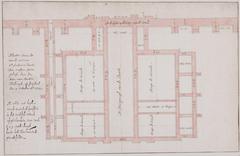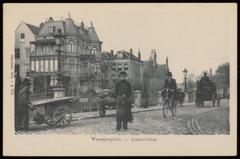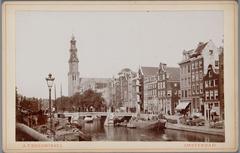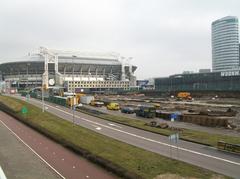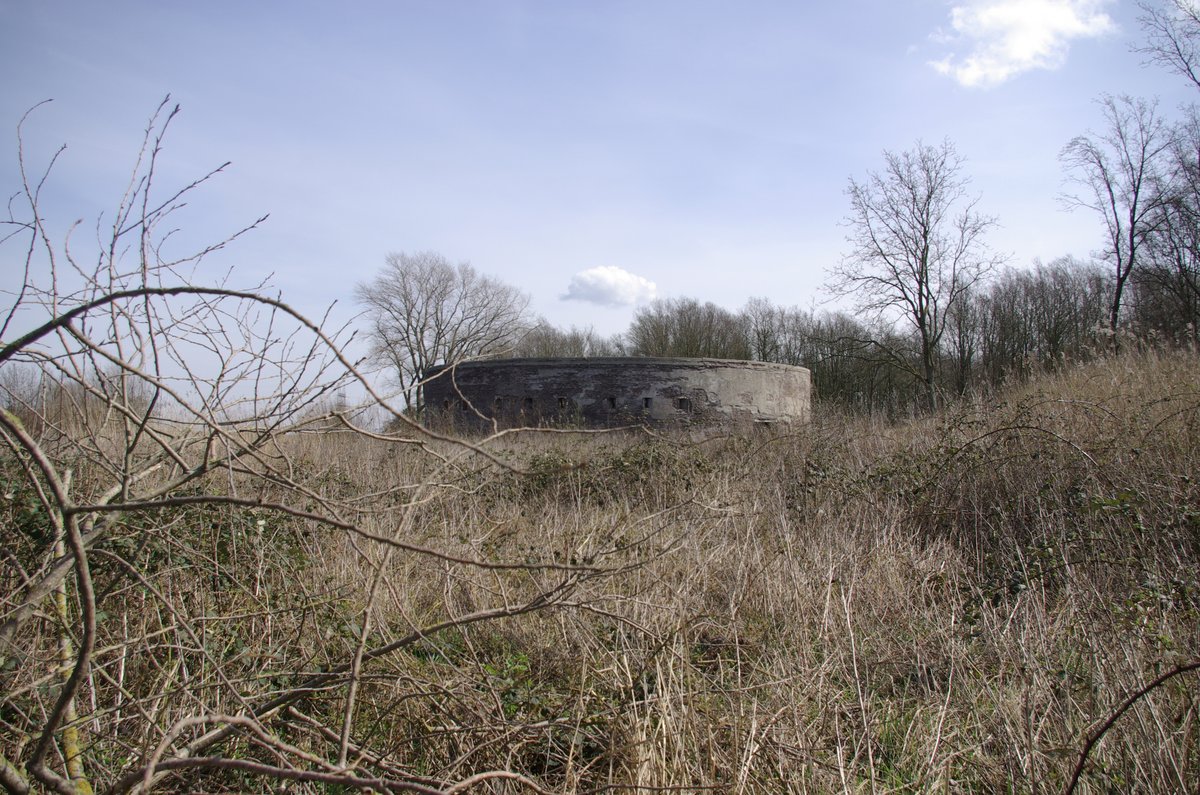
Visiting Hours, Tickets, and Historical Significance of Fort bij Uitermeer in Amsterdam
Date: 24/07/2024
Introduction
Fort bij Uitermeer, situated in the picturesque town of Weesp near Amsterdam, is a historically rich site that offers a window into the Netherlands’ innovative military strategies and cultural heritage. Constructed initially as an earthen bulwark during the Eighty Years’ War, the fort evolved into a robust shellproof tower as part of the New Dutch Water Line by 1845. This defensive structure utilized the unique Dutch approach of water-based defenses, playing a crucial role in protecting strategic waterways (Traces of War). By 1873, Fort bij Uitermeer was integrated into the Defence Line of Amsterdam, another UNESCO World Heritage Site, enhancing its strategic importance (Culture Trip). Over time, the fort has witnessed varied uses, from defensive mobilization during World War I to being occupied by German forces in World War II, which led to significant damage and subsequent restoration efforts (I Amsterdam). Today, Fort bij Uitermeer stands as a testament to Dutch ingenuity in military architecture and ecological preservation, offering visitors a blend of historical exploration and natural beauty (Visit Gooivecht).
Table of Contents
- Introduction
- Historical Background
- Visitor Information
- Nearby Attractions
- Special Events and Guided Tours
- Photographic Spots
- FAQ
- Conclusion and Call to Action
- References
Historical Background
Early History and Construction
Fort bij Uitermeer dates back to the Eighty Years’ War, with an early earthen bulwark named Uitermeer in existence before 1589. In 1845, this evolved into a more robust shellproof tower fort as part of the New Dutch Water Line (Traces of War).
Role in the New Dutch Water Line
As part of the UNESCO World Heritage New Dutch Water Line, Fort bij Uitermeer protected strategic waterways and routes by utilizing water-based defenses (Fietsnetwerk).
Integration into the Defence Line of Amsterdam
In 1873, the fort was integrated into the Defence Line of Amsterdam, another UNESCO World Heritage Site, providing additional protection to Amsterdam’s eastern approaches (Culture Trip).
World War I and Interwar Period
During World War I, the fort was mobilized for defensive efforts, and several casemates and group shelters were constructed in the interwar period to enhance its defenses (Traces of War).
World War II and German Occupation
Fort bij Uitermeer sustained considerable damage during World War II but was utilized by the Germans for storage. Post-war efforts focused on restoration due to its historical significance (I Amsterdam).
Post-War Restoration and Preservation
Restoration efforts have been ongoing to preserve the fort’s unique architectural features and historical integrity. Stichting Uiteraard Uitermeer has been instrumental in these efforts (I Amsterdam).
Modern-Day Significance
Today, Fort bij Uitermeer is admired from nearby locations, with a walking route allowing visitors to explore the natural beauty and historical significance of the site (Visit Gooivecht).
Architectural Features
The fort is notable for its rare shellproof tower and other features like an inundation lock and a turn bowl, showcasing the innovative use of water in Dutch military strategy (Fietsnetwerk).
Cultural and Natural Heritage
Situated in a bend of the Vecht River, the fort is an area of rich biodiversity managed by Natuurmonumenten, combining historical, cultural, and natural elements (Visit Gooivecht).
Visitor Information
Visiting Hours and Tickets
Fort bij Uitermeer is not currently accessible to the public directly, but it can be viewed from nearby locations. For the most current visitor information, including any potential changes to access, please visit official tourism websites or contact local visitor centers.
Travel Tips and Accessibility
- How to Get There: The fort is located in Weesp and is accessible by car, bike, or public transport. The nearest train station is Weesp Station.
- Accessibility: The surrounding walking routes are generally accessible, though specific accessibility features may vary.
- Best Time to Visit: Spring and summer offer the best weather for walking and exploring the area.
Nearby Attractions
- Weesp Historical Sites: Explore the charming town of Weesp, known for its historical buildings and picturesque canals.
- PorterHouse Restaurant: Enjoy a meal with a view of Fort bij Uitermeer.
- Vecht River: Take a scenic boat ride along the river.
Special Events and Guided Tours
While Fort bij Uitermeer itself does not offer guided tours or special events, the surrounding area often hosts events related to local history and nature. Check local tourism websites for the latest information.
Photographic Spots
The best spots for photography include the banks of the Vecht River and vantage points from nearby walking routes, offering picturesque views of the fort and its natural surroundings.
FAQ
What are the visiting hours of Fort bij Uitermeer? Fort bij Uitermeer is not directly accessible to the public, but it can be viewed from nearby locations. For the latest updates, visit official tourism websites.
How do I get tickets for Fort bij Uitermeer? Currently, there are no tickets required as the fort is not directly accessible. Check local sources for any changes to access policies.
Conclusion and Call to Action
Fort bij Uitermeer stands as a testament to Dutch defensive engineering and historical resilience. While direct access to the fort may be limited, its surrounding walking routes and nearby attractions make it a worthwhile destination. Stay updated on future developments by visiting official websites and exploring related posts on our platform. For more travel tips and historical insights, download our mobile app Audiala and follow us on social media.
